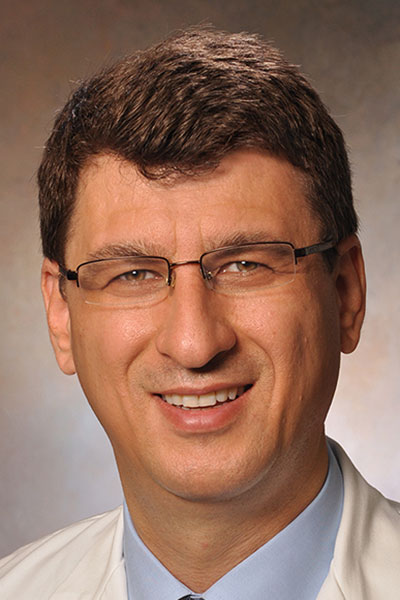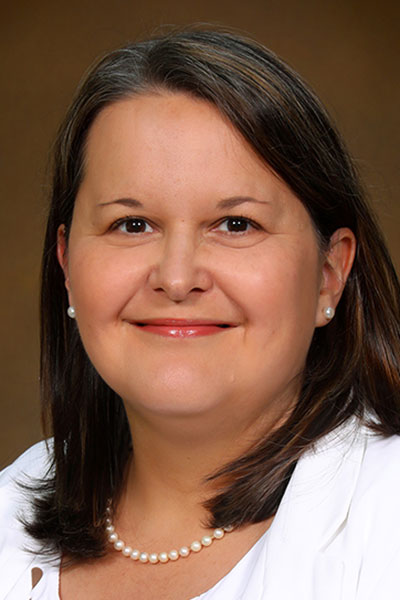Inhaling chemicals, allergens, and toxins can lead to environmental and occupational lung diseases. To protect patients, health care professionals must learn to implement novel exposure assessment strategies and mathematical models to quantify and ultimately prevent environmental exposures. Interventions that minimize exposure to noxious antigens are critical to improving lung health, and further research is required to expand the adoption of therapies that may slow or prevent premature lung aging.
To address these topics and more, the ATS International Conference will present a two-part symposium examining the quantification of environmental exposures and their cellular and physiological impacts. The first session, Quantification of Environmental Exposures Using State-of-the-art Methods, will take place on Sunday, May 21, from 9–10:30 a.m. ET. The second session, Physiological and Cellular Impact of Environmental Exposures, will be held the same afternoon from 2:15–3:45 p.m. Both sessions will be in Salons E-H (Level M4) of the Independence Ballroom at the Marriott Marquis Washington.

“From a clinician’s or pulmonologist’s perspective, I think we focus on the disease and treatments, but we don’t really pay attention to the environmental determinants,” Session Chair Gokhan M. Mutlu, MD, ATSF, said. “For instance, we don’t routinely ask our patients, ‘Where do you live? How far is your home from major roadways or expressways?’ We don’t talk about limiting their exposure to particulate matter, which is well known to cause cardiopulmonary disease. I think this session will provide helpful information for those who care for patients with cardiopulmonary diseases, and hopefully, they will incorporate them into their practice.”
Featured presentations for the first session include:
- Quantifying Vaping-Related Pulmonary Illnesses, Ilona Jaspers, PhD, University of North Carolina at Chapel Hill
- Long-Term Exposure to Ambient Air Pollution and Change in Quantitatively Assessed Emphysema and Lung Function, R. Graham Barr, MD, DrPH, Columbia University Medical Center
- Identifying Epigenetic Modifications to Allergens and Pollution, Christopher Carlsten, MD, MPH, University of British Columbia
- Visualizing Lung Destruction and Repair to Environmental Exposures, Tillie-Louise Hackett, PhD, ATSF, University of British Columbia

“Dr. Jaspers is our keynote speaker for session one and an expert on exposure to environmental oxidants and the subsequent impacts on human immune responses,” Session Chair Ivana Verona Yang, BS, PhD, explained. “She has done an enormous amount of work with human in vitro models and animal in vivo models to study adverse health effects induced by these pollutants, including vaping. I think her presentation will be really great in terms of the breadth of her expertise.”
Featured presentations in the second session include:
- Air Pollution, Oxidative Stress, and Cardiopulmonary Diseases: A Life Course Epidemiologic Perspective, George D. Thurston, DSc, New York University School of Medicine
- Environmental Toxins and Macrophages in Progression of Chronic Lung Disease, Jennifer L. Larson-Casey, PhD, University of Alabama at Birmingham
- Role of Innate Immune System in Environmental Lung Diseases, Robert M. Tighe, MD, ATSF, Duke University Medical Center
- Understanding the Molecular Mechanisms of How Air Pollution Increases Susceptibility to Pulmonary Infections, Kymberly Mae Gowdy, BS, MS, PhD, Ohio State University
“Dr. Thurston is our keynote speaker for the second session and is a leader on the effects of air pollution on human health,” Dr. Yang said. “He will start off the session by giving an epidemiological perspective in large human cohorts on the health impacts of air pollution and oxidative stress that’s caused by air pollution.”
Throughout the symposium, presenters will identify opportunities for novel investigations into understudied aspects of the impact of environmental exposures on cellular and biological pathways relevant to lung disease, share how advances in epidemiological studies are revealing new knowledge on the health effects of environmental exposures, and explain how environmental exposures can alter the pulmonary immune response and disease susceptibility.
“We know with idiopathic pulmonary fibrosis, there are probably some exposures that we haven’t identified yet,” Dr. Mutlu said. “These kinds of sessions make people think about what else we can identify as potentially harmful agents to the lungs.”
Don’t Miss ATS 2024 Highlights: On Demand
Don’t forget that ATS 2024 Highlights: On Demand are available to all conference registrants! On Demand will give you access to the Opening Ceremony, Plenary Session, Keynote Series, Clinical Year in Review, Adult Clinical Core Curriculum, and so much more. The topics will cover ILD, asthma, health equity, and CF, to name just a few. On Demand content will be accessible to all ATS 2024 full conference and On Demand registrants until March 2025.
